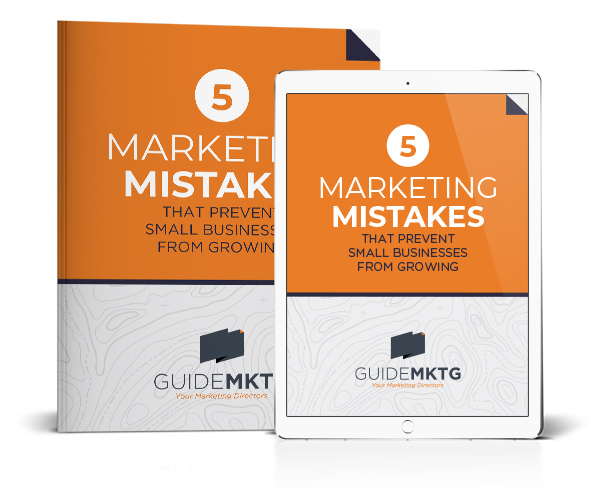StoryBrand marketing is all about clarity, which often translates to simplicity. But just because you’re making your message simple doesn’t mean it’s easy.
The place where you begin to turn your brand into a clear, simple message is the BrandScript. It’s where folks who have read Building A StoryBrand turn first, and it’s where we as StoryBrand Certified Guides begin the process of clarifying our clients’ marketing.
Through our work, we’ve found there are several areas that consistently trip people up, cause headaches, or just generally bog down the whole process. Let’s dive into three of those areas, and see what we can do to get you unstuck.
The External Problem
Once we’ve defined our character, we need to define the problem they face.
The temptation here is to restate the character’s “want” as though it is the external problem. Let’s look at an example for a financial services company:
The character’s external problem is they want to invest and make money.
See the “want”? Let’s try it a different way, being conscious that we need to understand what is standing in the way of the character achieving their goal. So, we get this:
The character’s external problem is they’re too busy to devote time to researching and understanding the market.
The character’s goal (to invest and make money) is the same, but we’ve now identified the external factor that’s preventing them from reaching that goal.
The Plan
The easiest mistake to make when writing a plan is to give it too many steps. Remember, the goal is to take the mystery out of doing business with you. As such, the plan should be a very simple A -> B -> C progression. Here’s an example, again from a financial services company:
Step 1: Give us a call.
Step 2: We build your investment strategy.
Step 3: Relax, knowing your money is in good hands.
So, in general, the plan follows this formula: Step 1) what does the customer need to do first? Step 2) what will you then do for the customer? Step 3) what successful future does the customer have to look forward to?
The Call to Action
Folks can sometimes drop the ball here by making the call to action too “soft.” Whenever possible, the call to action must invite customers to do something concrete. Preferably, that something is the first step they must take in order to start the sales process.
As an example, our financial services company’s call to action should be this:
Call Today
Not:
Learn More
Or
About Us
Especially not “About Us.” Or, “Learn About Our Company,” or anything of the sort. You’ll leave customers dangling on your site, wondering what exactly they have to do in order to do business with you.
Instead, invite them to “Call Now,” or “Buy Now,” or “Sign Up Today.” Remember, it’s called a “call to ACTION.”





